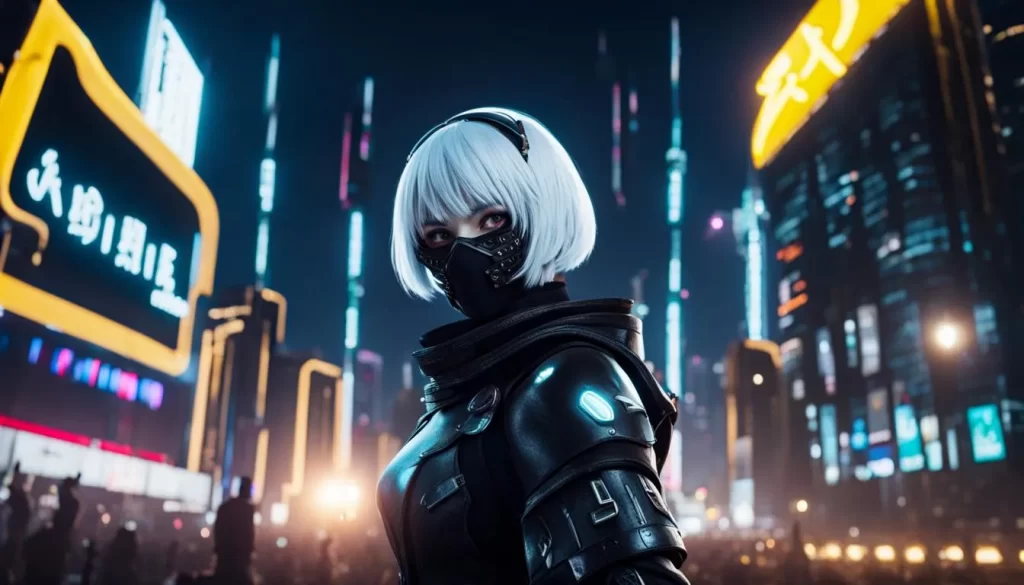I’ve been involved with a lot of AI art generators – some out of curiosity but mostly as a hobby. AI art generators are only improving and their potential is limitless. One of the recent and up and coming art generators on the scene is Stable Diffusion XL. AI generated art only get better and better as the algorithms working behind every prompt improves. Continue reading to find out more about it!
Table of Contents
What is Stable Diffusion XL?
Stable Diffusion XL (SDXL) is the latest AI image generation model that can generate realistic faces, legible text on AI art, and better image composition. What’s more interesting is that it’s capable of all that with shorter and simpler prompts.
It’s an overall improvement to its predecessor, Stable Diffusion. I’ve shared how important prompt engineering is to creating your AI generated images. With Stable Diffusion XL, you’re able to achieve so much more with less effort.
What can Stable Diffusion XL do?
Just like its predecessors, it’s capable of all the features you expect from an AI art generator. You can generate variations through image-to-image (img2img) art generation, inpainting, and outpainting.
Image-to-image Art Generation (img2img)
Image-to-image AI art generation (img2img) uses the same principle as that of text-to-image generation. Users still enter in prompts for the AI. The main difference between these two is that a base image constitutes to img2img generation.
Firstly, users upload a base photo where the AI applies changes based on entered prompts. Continuous iteration of this process creates refined and sophisticated art. On the subreddit page of Stable Diffusion, people get creative with img2img generation.
Evidently, the possibilities for img2img generation are endless. Certain users use messy drawings as their base photos. With creative use of prompts, AI Art Generators create extremely sophisticated artworks from them. Others also use photographs of portraits or landscapes and add fantasy to them.
Inpainting
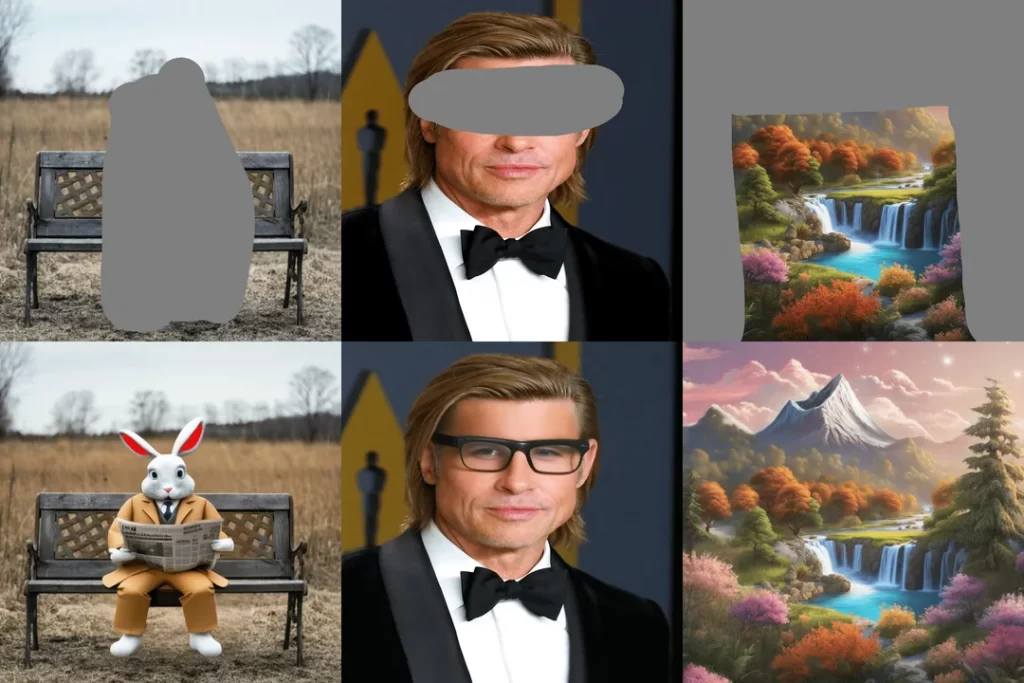
Inpainting in stable diffusion refers to the process of utilizing stable diffusion models for image inpainting tasks. This is extremely useful when I find myself not liking a certain area of my AI generated art. Moreover, it’s helpful for restoring or repairing missing or damaged parts of a subject.
It typically involves creating a mask indicating the areas requiring regeneration. Oftentimes a paintbrush tool is used to select a certain area. Furthermore after selection, typing in a prompt fixes the unwanted defect.
Outpainting
In my experience, outpainting in stable diffusion is also an exciting technique that allows for extending images beyond their original borders using Stable Diffusion AI models. Here’s a breakdown of how it typically works:
- Extension Capability: From what I’ve seen, Stable Diffusion exhibits remarkable capabilities in extending images in any direction, seamlessly generating a coherent background beyond the original view.
- Training Dataset: Secondly, SD models are trained on an extensive dataset of images, which empowers them to effectively extrapolate and generate content outside the original image boundaries. This extensive training ensures that the AI can produce realistic and contextually appropriate extensions.
- Creative Expansion: Lastly, one of the most exciting aspects of outpainting with Stable Diffusion is the creative freedom it offers. Users have the opportunity to create entirely new content beyond the initial image dimensions, opening up avenues for artistic exploration and uncropping possibilities. This allows for experimentation and innovation in AI art.
Benefits of Stable Diffusion XL
Going back to SDXL, here are the benefits we all can enjoy. These are such great quality of life updates especially for me who just generates AI art once in a while.
Legible Text
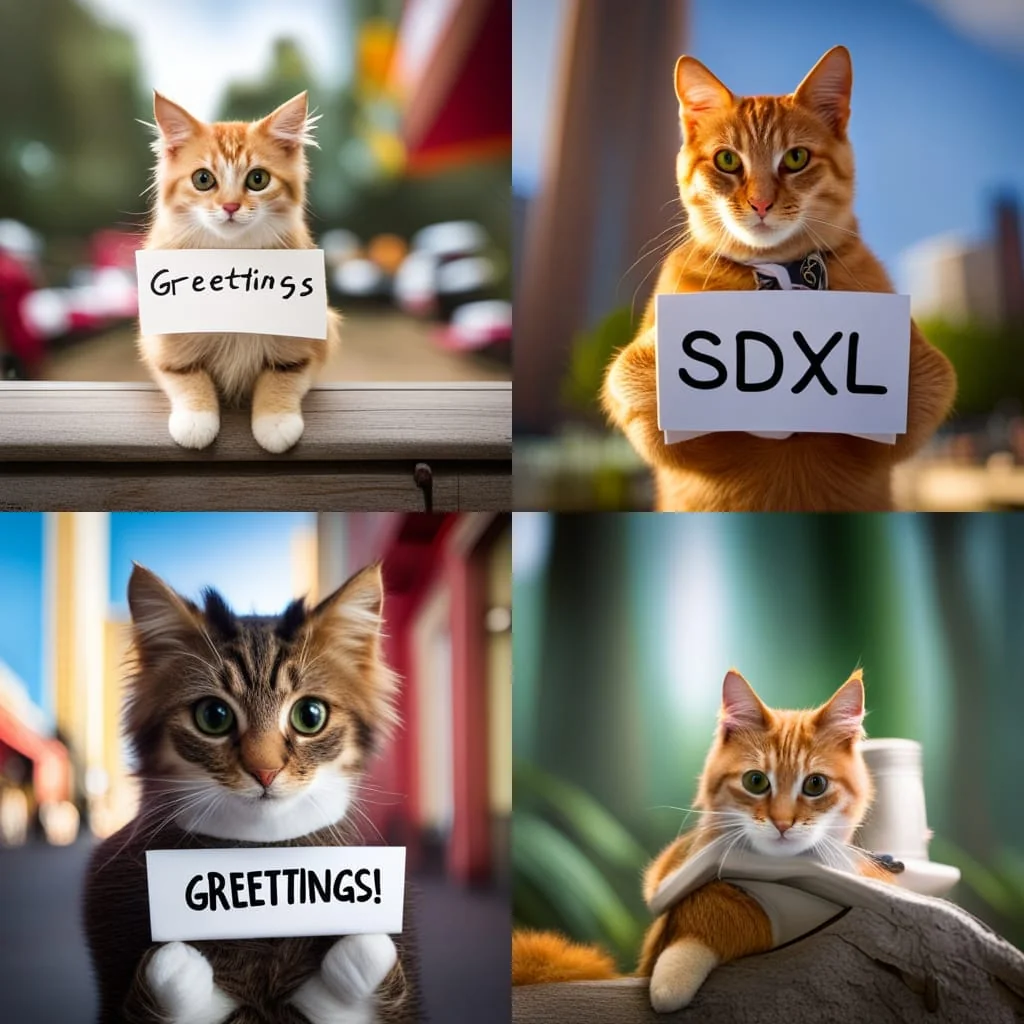
A standing challenge for most AI art generators is the ability to include any text on their output. Stable Diffusion XL begs to differ because it can generate them legibly! The text on resulting images may not always be right, but it’s preferable than other models.
Better Human Anatomy
Another territory where AI art fails is anatomy. There are always these awkward moments where I’m scrolling through my phone and I see a photo of a man with more than 5 fingers. It’s a dead giveaway that it’s an AI generated photo because of it. I also oftentimes use it to know if a photo is generated or not.
With Stable Diffusion XL, those days are over. In the past, earlier SD models struggled with accurately generating human anatomy. This resulted in noticeable issues such as extra or missing limbs, severely deformed faces, and other anomalies. However, Stable Diffusion XL addresses these shortcomings to a certain degree. The overall quality significantly improved, offering more realistic and cohesive results. With further refinement and development, I anticipate that the performance will continue to enhance upon its official release.
Artistic Styles
Exploring Stable Diffusion XL’s capabilities has been fascinating, particularly regarding its diverse range of artistic styles for image generation. While these styles don’t necessarily improve the core functionality of SDXL, they do introduce intriguing variations and possibilities for creative expression. Here’s a closer look at some of the artistic styles available in Stable Diffusion XL:
1. No Style
This option provides a raw, unfiltered representation of the input image without any stylistic modifications.
2. Enhance
Secondly, the Enhance mode aims to refine and improve upon the original image. It enhances its clarity, colors, and overall visual appeal.
3. Anime
Furthermore, the Anime style emulates the distinctive aesthetic of Japanese animation. This often displays vibrant colors, expressive characters, and stylized features.

3. Photographic
Photographic style replicates the look and feel of traditional photography. It gives emphasis on realism and natural lighting effects.
4. Digital Art
The Digital Art mode offers a wide range of digital painting styles. These include anything from abstract compositions to intricate illustrations. Ultimately, this style creates diverse artistic interpretations.
5. Comic Book
What’s more, the Comic Book style mimics the bold lines and vibrant colors typically found in comic book illustrations, ideal for creating dynamic and visually engaging artwork.
6. Fantasy Art
Also on the list is the Fantasy Art mode. This transports viewers to imaginative realms filled with mythical creatures, enchanting landscapes, and magical elements, perfect for creating epic and fantastical scenes.
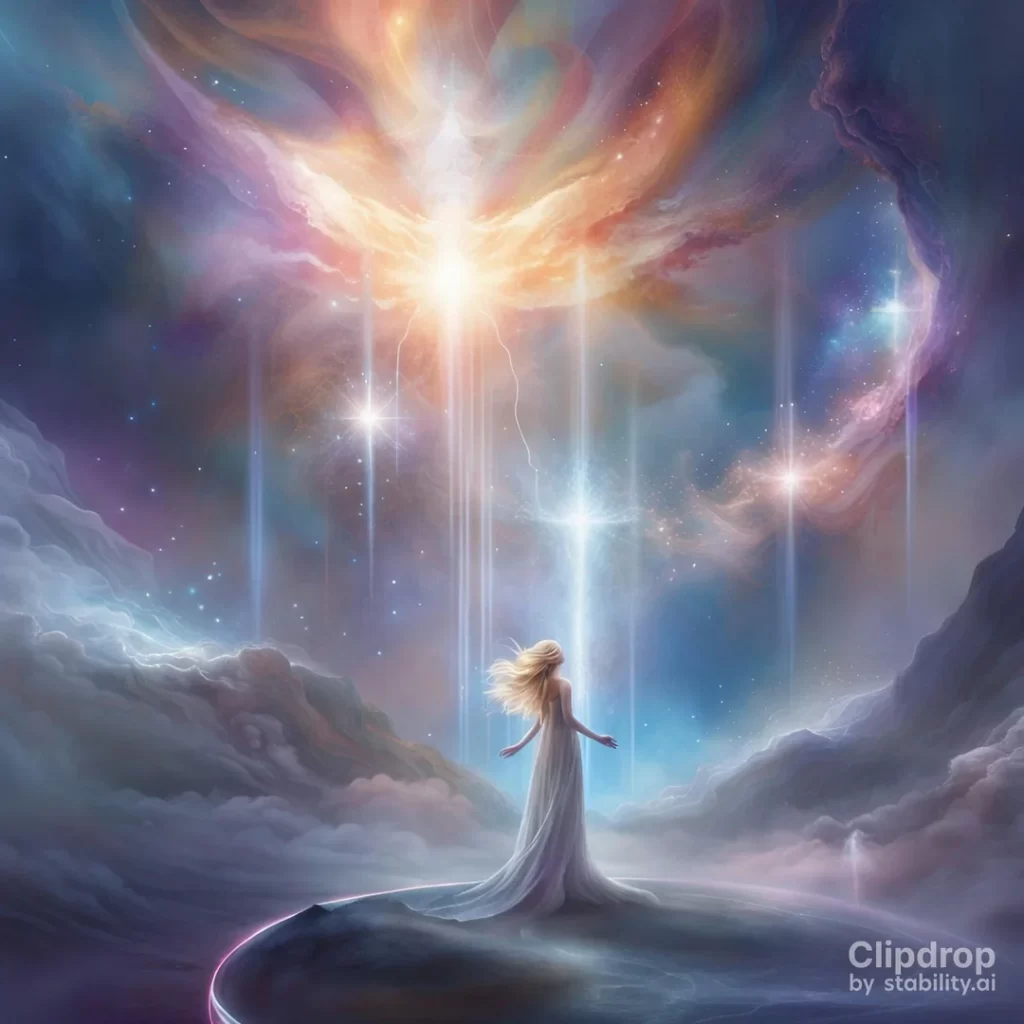
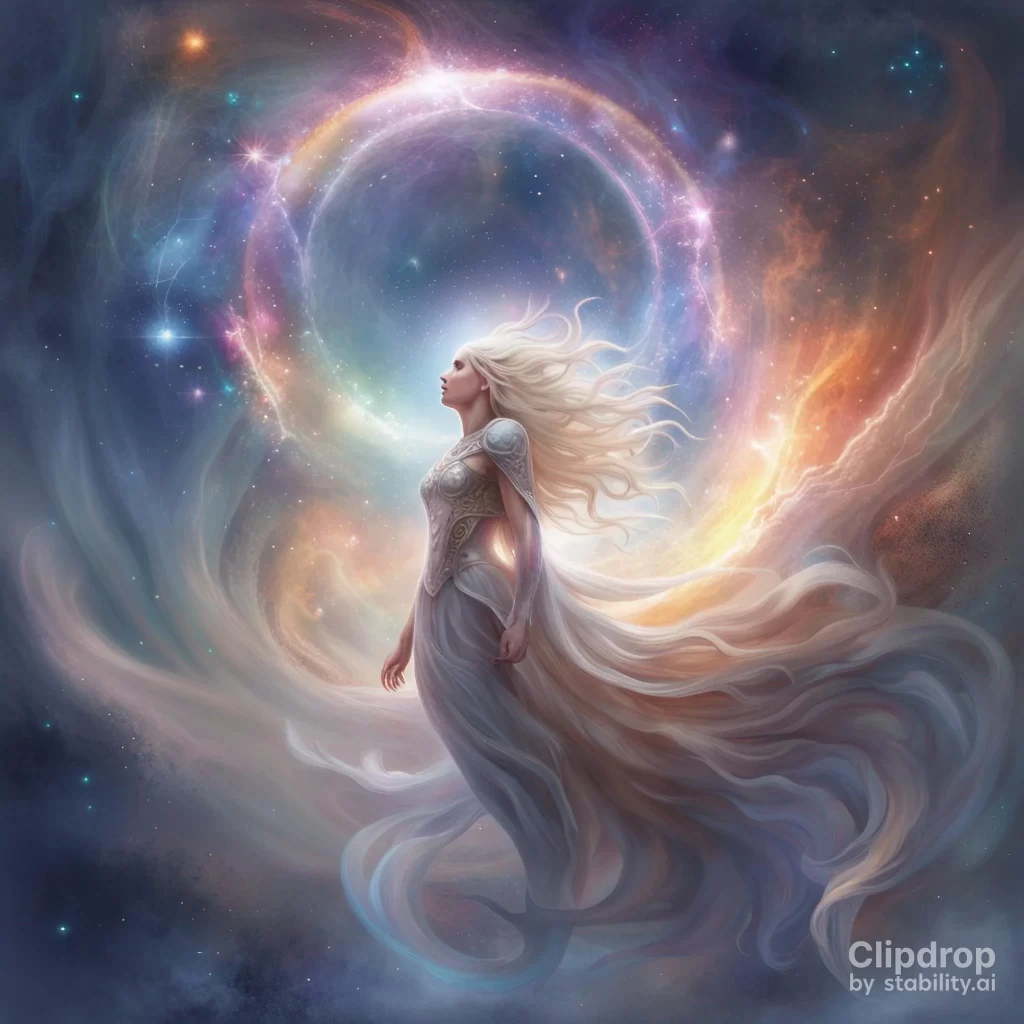
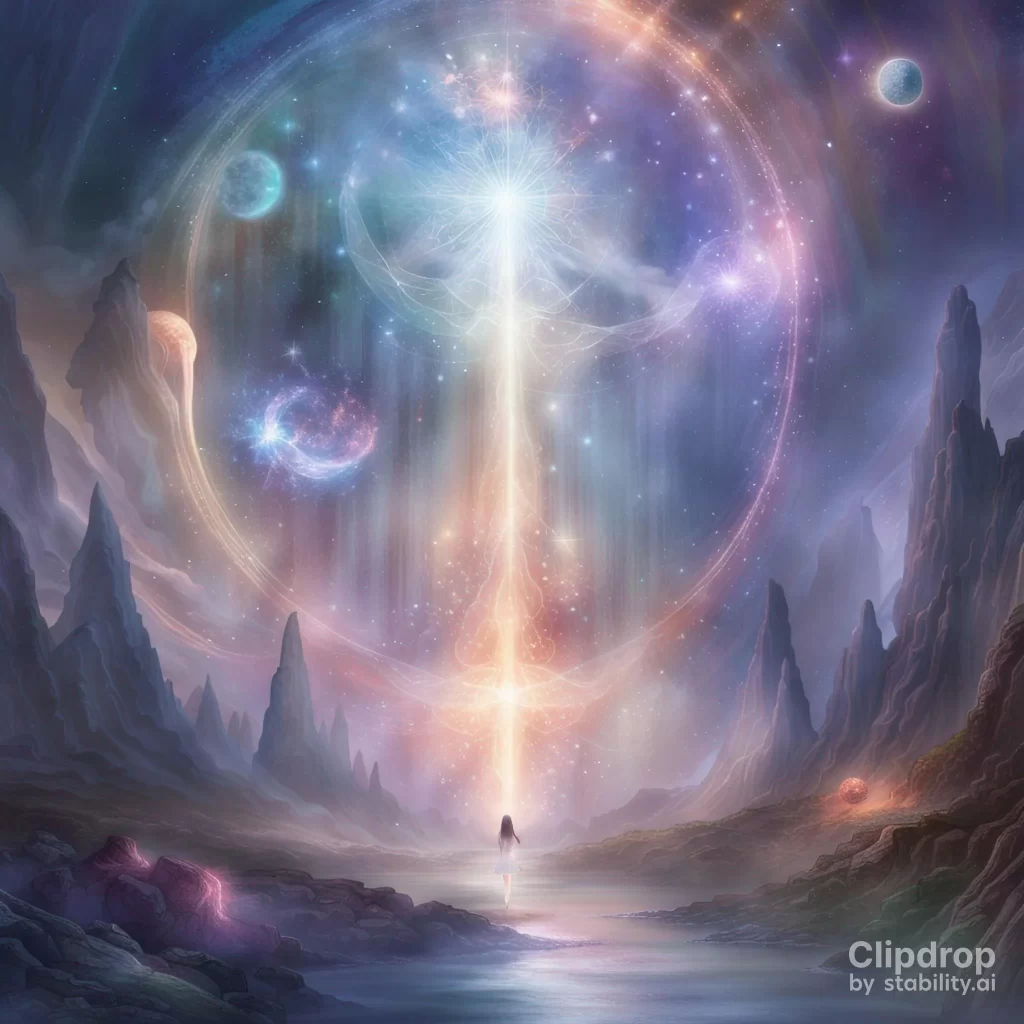
7. Analog Film
Analog Film style recreates the nostalgic look of vintage film photography, complete with grainy textures, subtle color shifts, and retro charm.
8. Neon Punk
Neon Punk style combines futuristic elements with urban aesthetics, featuring neon lights, cyberpunk motifs, and dystopian landscapes for a visually striking and edgy vibe.
9. Isometric
Moreover, the Isometric style presents images from a fixed perspective, with geometrically accurate angles and proportions, ideal for architectural renderings and spatial visualizations.
10. Low Poly
Next, the Low Poly style renders images using simplified geometric shapes and flat colors, reminiscent of retro video game graphics and minimalist art styles.
11. Origami
The Origami style transforms images into intricate paper-folded designs, with crisp edges, geometric patterns, and a tactile feel reminiscent of traditional origami art.
12. Line Art
Line Art mode emphasizes the contours and outlines of images, creating striking black-and-white illustrations with bold, clean lines and minimal shading.
13. Craft Clay
Furthermore, the Craft Clay style simulates the appearance of sculpted clay models, with textured surfaces, soft lighting, and a tactile quality that adds depth and dimension to the artwork.
14. Cinematic
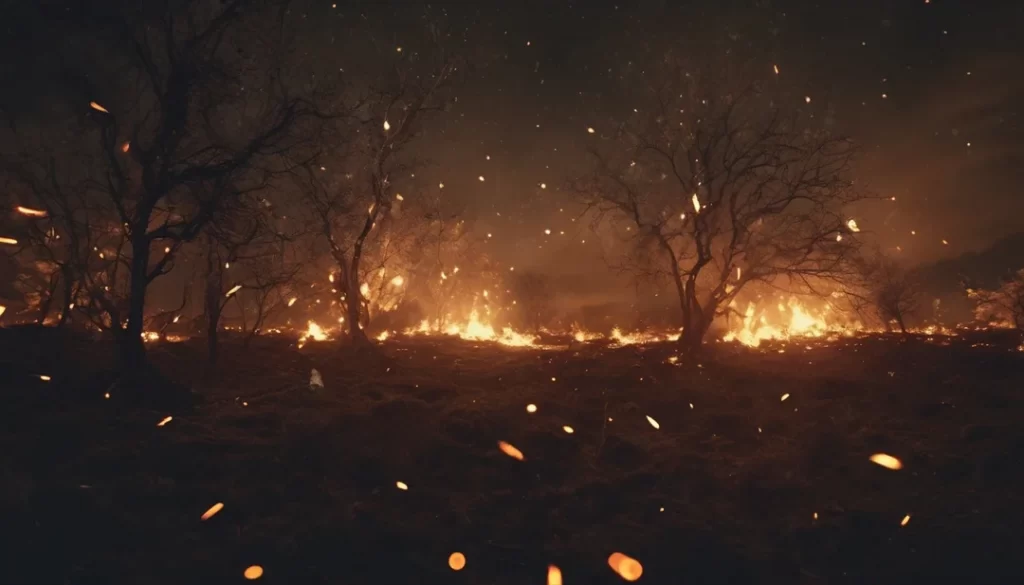
Additionally, the Cinematic style evokes the mood and atmosphere of film stills, with dramatic lighting, cinematic framing, and a sense of narrative storytelling that captivates the viewer’s imagination.
15. 3D Model
Furthermore, the 3D Model style transforms images into three-dimensional renderings. Basically this mode adds depth, perspective, and realism to the artwork. It’s ideal for architectural visualization and product design.
16. Pixel Art
Lastly, the Pixel Art mode pays homage to classic pixelated graphics. It boasts blocky shapes, limited color palettes, and retro charm reminiscent of early video game aesthetics.
Shorter Prompts
In my experience, one of the standout features of Stable Diffusion XL (SDXL) is its remarkable ability to comprehend short prompts more effectively compared to its predecessors. Unlike previous models, SDXL demonstrates a heightened proficiency in interpreting concise input, eliminating the need for extensive walls of text to yield desired results. This enhanced understanding is particularly noteworthy, as it streamlines the creative process and allows for a faster workflow.
It’s no secret that styles certainly contribute to refining and guiding the output. But what sets SDXL apart is its capacity to grasp the essence of a prompt. Whether it’s a simple phrase, a brief description, or a single word, SDXL exhibits a nuanced understanding that shows through its outputs.
Improved Composition
The enhanced image composition capabilities of Stable Diffusion XL (SDXL) significantly streamline the process of creating stunning visuals for a wide range of prompts. This improvement removes the need for excessive effort or meticulous fine-tuning. It ultimately empowers users to generate captivating images with remarkable ease and efficiency.
How to Use Stable Diffusion XL
Luckily for anyone interested, Stable Diffusion XL is available in different mediums – easiest of which are local installation and specific websites.
Before going into more detail, these are the system requirements published by StabilityAI for running SDXL:
- Windows 10 or 11 / Linux
- 16GB Ram
- Nvidia GeForce RTX 20 graphics card (equivalent or higher standard)
- Minimum of 8GB of VRAM
- Linux users can also use a compatible AMD card with 16GB VRAM
Local Installation
Firstly, Stable Diffusion XL is accessible through local installation. Here is a guide on Reddit on how to install Stable Diffusion XL – SDXL Local Install
Websites
You can run Stable Diffusion XL through the following websites:
Conclusion
My journey with AI art generators has been one of curiosity and passion, leading me to explore various models and techniques as a hobbyist. The evolution of AI art generation is a testament to the boundless potential of technology, with each advancement pushing the boundaries of creativity further.
Evidently, among the recent additions to the AI art scene, Stable Diffusion XL (SDXL) stands out as a promising contender. With its ability to produce realistic faces, legible text, and refined image compositions, SDXL represents a significant leap forward in the realm of AI-generated art.
Afterword
We hope that you find this article helpful. Thank you for reading and you’re always free to leave a comment. If you find this article interesting, consider checking out one of our recently published posts. A few of them showcase advancements in technology such as AI Art Generators. On the other hand, if you’re looking towards Photography, we also offer great articles for your inspiration. We also have multiple articles that talk about the various printing mediums for wall art. May these articles give you inspiration for your next print!
Find them here:
Discover the Secret to High-quality Canvas Prints
The 9 Best Canvas Print Companies in 2023
Acrylic Prints: Add Vibrance to Any Space
The Top Food Photography Trends to Try Now
The Ultimate Guide to Continuous Lighting for Photography
Stable Diffusion Tips and Tricks
Best AI Art Generator for Android Phones 2023
We enjoy reading your comments and insights with our posts! Should you have any questions or concerns, feel free to leave them below! -Mark

